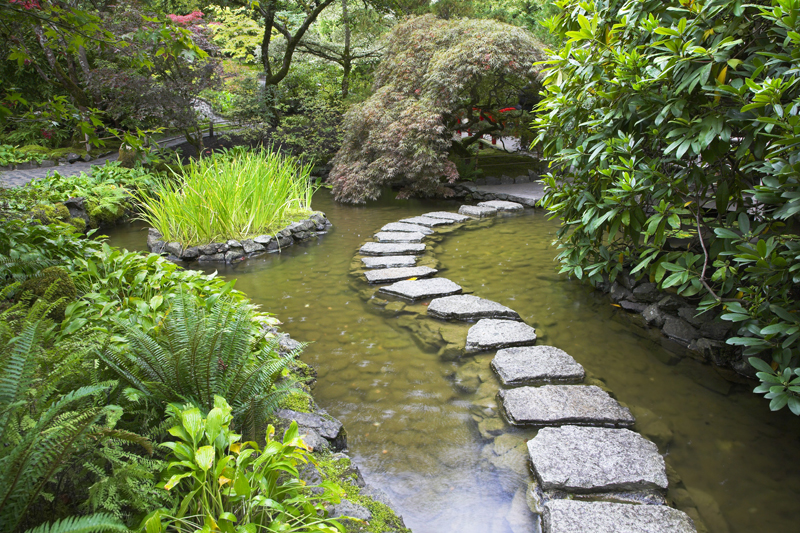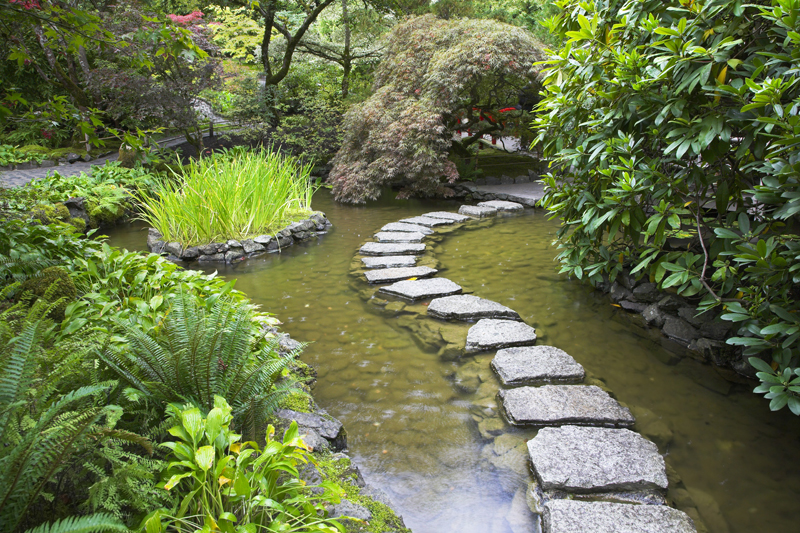Box Elder

This is a tough tree that adapts to adverse conditions where other species won’t survive.
This tree occurs mostly in the Central US and in the east from the Northeast southward to Florida. It is also grown in the Upper, Middle and Lower South and in coastal areas.
Box elder can be short lived in some cases, but it can also have a moderately life span. This has a fast growth rate.
The plant has some salt tolerance. It can also withstand drought.
On the other hand, some might view this tree as being weedy since it reseeds easily and freely. As a weed, it can show up in all kinds of habitats.
Growing Box Elder
Box elder is suitable for sun and partial shade. It is hardy in zones 2 through 10.
This is unusually winter hardy, and has been used for shelterbelts, wind breaks and the like in the Northwest and also in unusually cold areas, such as the prairie and plains states . At the same time, it also does well in the South.
This tree can be grown in all soil types. It is tolerant of a range of pH levels from acid to alkaline. It is suited to both dry and moist soils. This is tolerant of flooded sites.
Box elder is native from the Northeast to Florida. It occurs along roadsides, waste areas, disturbed sites, and along waterways.
This tree can experience some pest and disease issues. In some locations, it can be prone to box elder bug. In addition, the trunk is prone to decay in some areas.
Because box elder is weak wooded, the wood tends to be brittle and can be damaged by ice storms. However, this isn’t an issue in the northern prairies.
Arborists recommend that gardeners train this tree so it can develop a strong, single trunk. In most cases, this will require some pruning in order for it to have a strong central leader.
Description of Box Elder
Box elder is generally 20 to 40 feet in height with a spread of 15 to 30 feet. The branches tend to droop.
This tree has a wide spreading, open crown. This plant tends to develop suckers.
The cultivars of box elder tend to be more attractive than the species.
The twigs are stout. They also tend to be less weedy.
The leaves are pinnately compound with toothed margins. This type of leaf is very unlike that one sees in most maples. The foliage changes to yelllow or greenish-yellow for fall.
There are 3 to 9 leaflets per leaf. These are 2 to 5 inches long.
Gardeners will find there is a variety called variegatum that has white highlights on the leaves. This variety also has brightly colored winged seeds that add color.
This tree bears pale yellow blossoms.
This tree occurs mostly in the Central US and in the east from the Northeast southward to Florida. It is also grown in the Upper, Middle and Lower South and in coastal areas.
Box elder can be short lived in some cases, but it can also have a moderately life span. This has a fast growth rate.
The plant has some salt tolerance. It can also withstand drought.
On the other hand, some might view this tree as being weedy since it reseeds easily and freely. As a weed, it can show up in all kinds of habitats.
Growing Box Elder
Box elder is suitable for sun and partial shade. It is hardy in zones 2 through 10.
This is unusually winter hardy, and has been used for shelterbelts, wind breaks and the like in the Northwest and also in unusually cold areas, such as the prairie and plains states . At the same time, it also does well in the South.
This tree can be grown in all soil types. It is tolerant of a range of pH levels from acid to alkaline. It is suited to both dry and moist soils. This is tolerant of flooded sites.
Box elder is native from the Northeast to Florida. It occurs along roadsides, waste areas, disturbed sites, and along waterways.
This tree can experience some pest and disease issues. In some locations, it can be prone to box elder bug. In addition, the trunk is prone to decay in some areas.
Because box elder is weak wooded, the wood tends to be brittle and can be damaged by ice storms. However, this isn’t an issue in the northern prairies.
Arborists recommend that gardeners train this tree so it can develop a strong, single trunk. In most cases, this will require some pruning in order for it to have a strong central leader.
Description of Box Elder
Box elder is generally 20 to 40 feet in height with a spread of 15 to 30 feet. The branches tend to droop.
This tree has a wide spreading, open crown. This plant tends to develop suckers.
The cultivars of box elder tend to be more attractive than the species.
The twigs are stout. They also tend to be less weedy.
The leaves are pinnately compound with toothed margins. This type of leaf is very unlike that one sees in most maples. The foliage changes to yelllow or greenish-yellow for fall.
There are 3 to 9 leaflets per leaf. These are 2 to 5 inches long.
Gardeners will find there is a variety called variegatum that has white highlights on the leaves. This variety also has brightly colored winged seeds that add color.
This tree bears pale yellow blossoms.

Related Articles
Editor's Picks Articles
Top Ten Articles
Previous Features
Site Map
Content copyright © 2023 by Connie Krochmal. All rights reserved.
This content was written by Connie Krochmal. If you wish to use this content in any manner, you need written permission. Contact Connie Krochmal for details.



